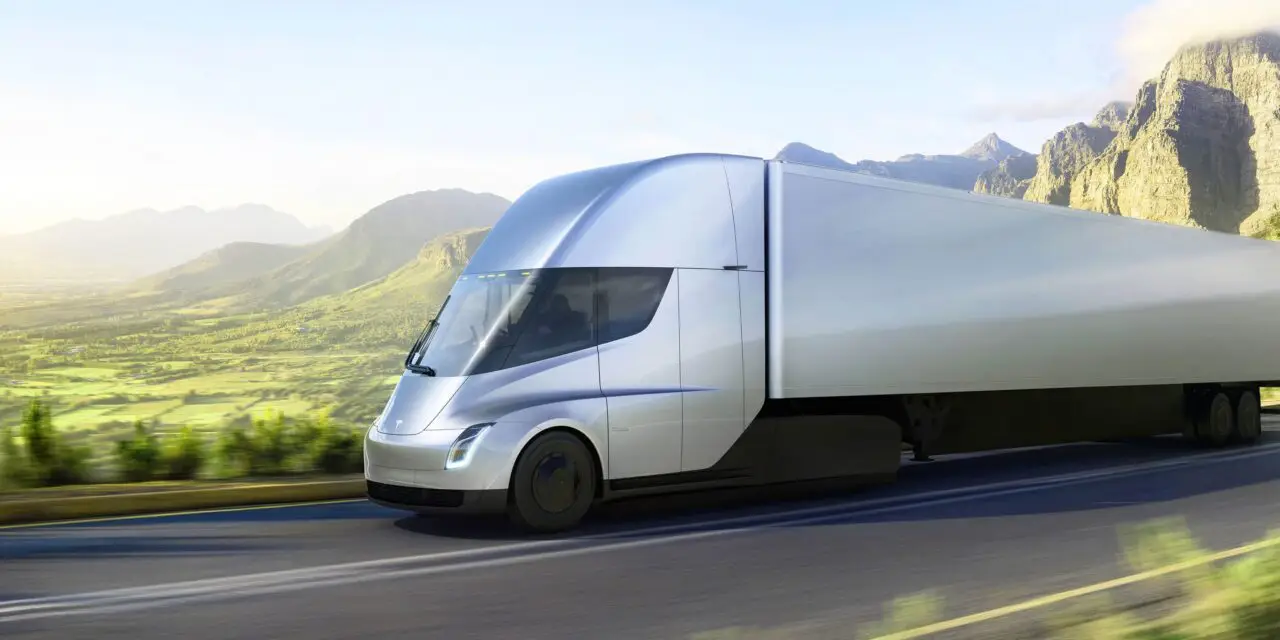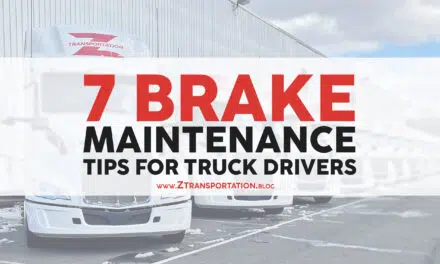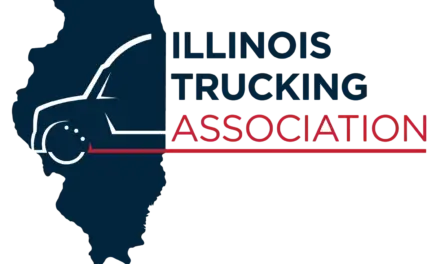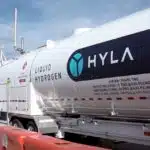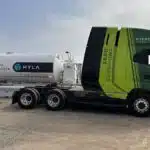
FMCSA/Federal officials anticipate a time when hours-of-service regulations will need to be adjusted to accommodate automated driving systems.
According to Jeff Loftus, head of the technology section of the Federal Motor Carrier Safety Administration’s Office of Analysis, Research, and Technology, those changes could occur in instances when half the crew in a long-haul driving operation is not human.
“We’re attempting to anticipate new business models, where there may be instances with emerging business strategies where truck drivers and automated trucking systems work in tandem, switching back and forth,” Loftus said Wednesday during a panel discussion hosted by the Association for Unmanned Vehicle Systems International (AUVSI), which promotes automated freight transportation.
“We’re attempting to understand the technological components of that and anticipate future demands for exemptions from our regulations, such that the vehicle may handle some driving tasks while the person performs others, and what adjustments to our hours-of-service regulations, for example.”
FMCSA, according to Loftus, is consulting with the trucking industry and safety organizations as it evaluates potential adjustments. He cited a $7.5 million grant to Virginia Tech Transportation Institute (VTTI) to assist in the development of automated trucking fleets that will serve as the basis for industry standards for autonomous vehicle technology.
Trish Fritz, the National Highway Traffic Safety Administration’s assistant director of government affairs, stated during the conversation that while automated driving systems (ADS) in heavy trucks present a “phenomenal opportunity,” they can be dangerous if drivers do not understand how to use them.
“We also know that none of the available technologies can completely replace an active, aware driver, as there are currently no self-driving [vehicles] available for purchase by the general public.”
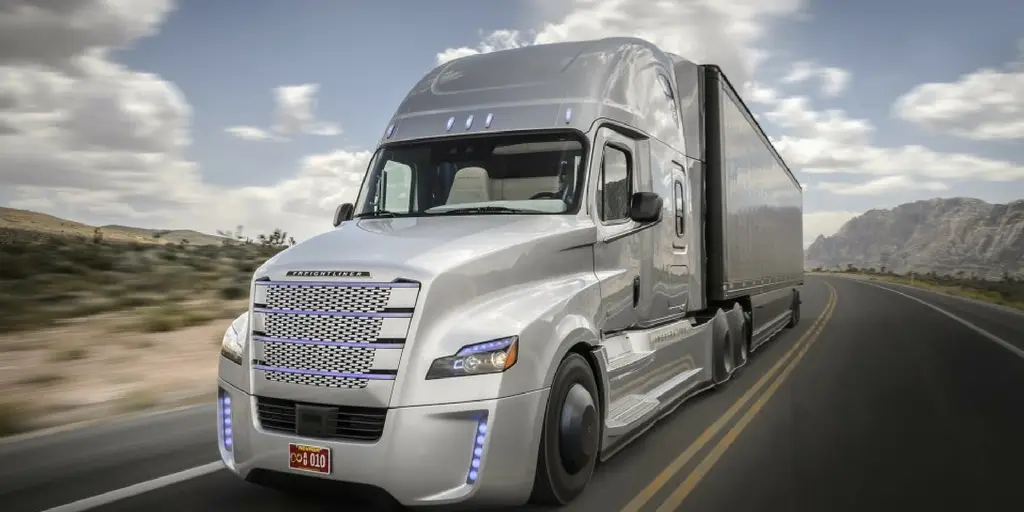
Fritz referenced the National Highway Traffic Safety Administration’s recent standing general order requiring crash and incident reporting for vehicles equipped with ADS (Level 3-5 automation) or Level 2 advanced driver assistance systems (ADAS), emphasizing that the order applies to prototype systems being tested on public roads.
“This action will enhance safety and openness by providing the agency with crucial and timely safety data that will be made publicly available,” she explained. “Because public opinion is critical, we will make summary data available on our website.”
Despite authorities’ efforts to ensure the safe integration of ADS, Loftus said the maximum level of automation — Level 5, which needs no interaction between the driver and the truck’s driving operations — is “a little bit out there.”
“Level 5 is more of a myth, in that I believe we will continue to have Level 4 operations along very defined paths for an extended period of time while they create capacity and scalability. However, with mixed fleets, we must ensure that human truck drivers and vehicle drivers are comfortable driving alongside self-driving trucks to avoid unpleasant surprises.”
